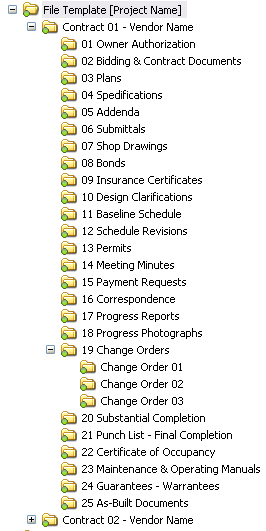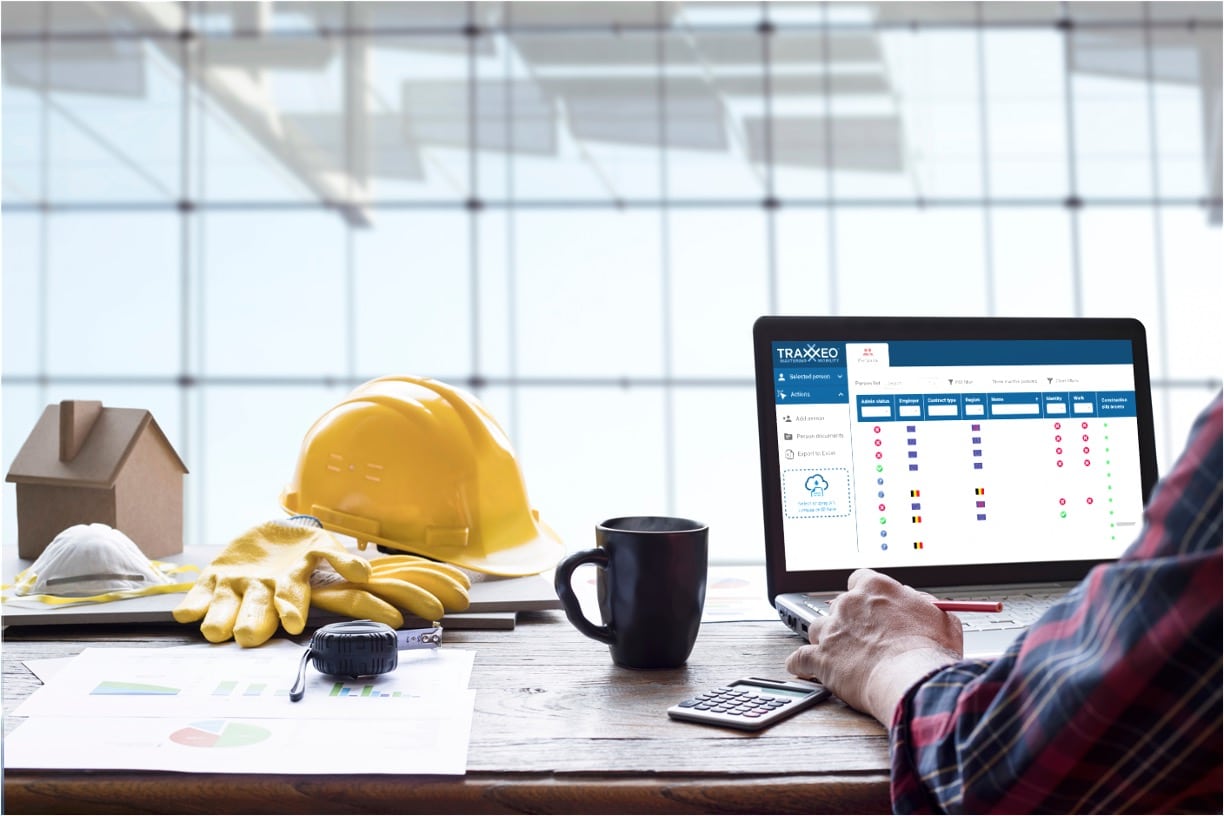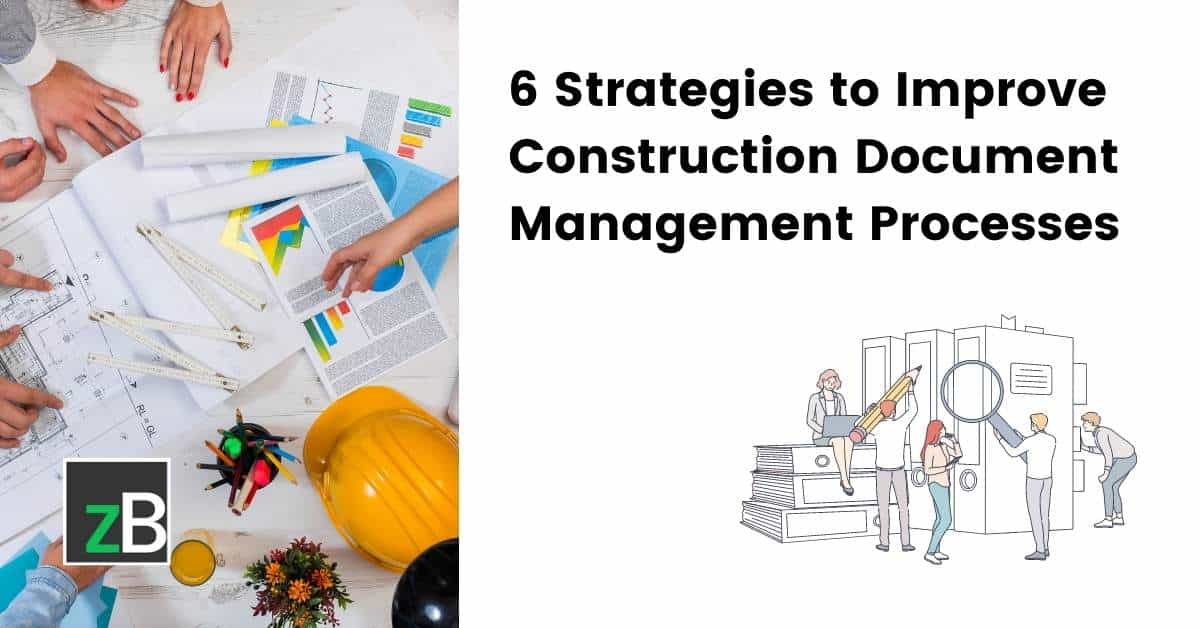Designer's Overview to Enhancing Building Paper Administration for Efficient Task Execution
In the elaborate globe of architecture and building, the efficient administration of task documents stands as a keystone for success. Designers are charged with handling a myriad of illustrations, agreements, reports, and specs, all essential components for bringing a job to fulfillment. Nevertheless, the process of organizing, sharing, and keeping these papers can commonly come to be a maze of inadequacies and setbacks otherwise dealt with carefully. By discovering organized approaches, ingenious devices, and sector best techniques, designers can not just enhance their document monitoring processes but also lead the way for a lot more reliable task implementation. Allow's navigate via the key strategies and services that can revolutionize exactly how designers take care of construction documentation, making certain projects are supplied with accuracy and timeliness.
Significance of Reliable File Monitoring
Why is efficient record administration crucial for engineers in the building and construction market? Effective file administration is crucial for engineers in the building and construction market as it plays a critical role in guaranteeing the effective implementation of projects. Designers manage a large array of documents, varying from design drawings and requirements to permits and contracts. Correct company and administration of these records are vital to keep project timelines, make sure conformity with guidelines, and facilitate reliable communication among project stakeholders.

Effective file management enables architects to gain access to important info immediately, track job development accurately, and mitigate risks associated with mistakes or noninclusions. By executing streamlined record monitoring procedures, engineers can boost cooperation with customers, professionals, and other employee, bring about enhanced project outcomes and customer fulfillment.
Moreover, efficient record monitoring assists architects keep an extensive job history, allowing them to take advantage of past experiences and lessons found out for future projects. In today's fast-paced building and construction market, where timely decision-making and details sharing are critical, effective file management is a keystone for success.
Techniques for Streamlining Paper Company
Reliable file monitoring practices not just guarantee job success for architects in the building industry however additionally lay the foundation for executing strategies for improving record organization. To simplify document company effectively, architects must initially establish a clear naming convention for data and folders. Consistency in naming data based upon job phases, file kinds, and pertinent information will facilitate very easy retrieval and decrease complication.
Making use of cloud-based storage space options can also enhance document organization by supplying a central location for all project-related data - construction document management. This enables employee to access the most up-to-date papers from anywhere, promoting partnership and efficiency. Executing variation control systems additionally fine-tunes paper company by tracking changes, avoiding conflicting edits, and ensuring that the current versions are constantly readily available
In addition, developing a rational folder structure with designated subfolders for various record groups, such as contracts, requirements, and drawings, can streamline file management procedures. Routinely assessing and removing redundant or outdated data will aid maintain a lean and well organized record repository, inevitably improving productivity and job end results.
Leveraging Modern Technology Equipment for Collaboration
In the world of modern-day style, engineers are increasingly depending on sophisticated innovation tools to promote smooth cooperation amongst task stakeholders. Cloud-based systems such as BIM 360 and Procore permit real-time accessibility to task records, enabling engineers, contractors, and customers to work together effectively no matter of their physical place.
Digital design Go Here and building (VDC) software application like Revit and AutoCAD Architecture enable engineers to produce comprehensive 3D models that can be shared and modified collaboratively. This real-time partnership improves layout accuracy, visualization, and control, leading to much better decision-making throughout the project lifecycle. Additionally, interaction tools like Slack and Microsoft Teams provide instantaneous messaging, file sharing, and video conferencing abilities, cultivating smooth communication amongst employee and stakeholders.
Guaranteeing Accuracy and Variation Control

Effective variation control likewise helps in taking care of file authorizations and guaranteeing that just accredited personnel make alterations. Engineers must establish clear methods for recording changes, including timestamps and user identification, to create an audit path for liability. Consistently interacting with the job team regarding version updates and modifications is vital to stay clear of complication and keep positioning throughout the building procedure.
Best Practices for Paper Sharing and Access
Having actually established a robust system for version control in construction record administration, designers can now concentrate on maximizing paper sharing and access methods to boost collaboration and efficiency amongst task stakeholders. One of the ideal techniques for reliable record sharing is to make use of cloud-based platforms. These systems use real-time accessibility to project papers, enabling employee to see, edit, and discuss documents all at once. By streamlining records in a cloud environment, engineers can make certain that all stakeholders are functioning with the most updated details.
Furthermore, applying role-based gain access to control is crucial for preserving data security while helping with cooperation. Appointing different approval levels to employee guarantees that delicate details is only accessible to licensed personnel. Consistently updating gain access to approvals based upon job demands and team changes is crucial for preserving information integrity.
Integrating job monitoring informative post software with record sharing systems can also improve process. This integration enables smooth communication, job monitoring, and document management within a single interface, minimizing the demand to change in between several devices. By following these finest techniques, designers can produce a much more collaborative and efficient document sharing atmosphere, site here inevitably resulting in successful project execution.

Final Thought
Finally, reliable building and construction paper management is crucial for effective job implementation. By executing strategies for organization, leveraging technology tools for cooperation, ensuring accuracy and version control, as well as complying with finest methods for record sharing and gain access to, designers can simplify their workflow and boost total task performance. Prioritizing these elements of file monitoring will result in smoother job implementation and far better end results for all stakeholders involved.
Reliable file management is vital for engineers in the building and construction industry as it plays a critical function in ensuring the successful execution of tasks. construction document management. Proper organization and administration of these papers are necessary to maintain task timelines, guarantee conformity with policies, and facilitate effective communication among project stakeholders
Effective paper monitoring practices not only guarantee task success for engineers in the building market but additionally lay the structure for executing strategies for streamlining file organization. One vital method is developing a central file repository where all team participants can access the newest versions of illustrations, specifications, and various other project papers.Having actually developed a durable system for version control in building and construction document management, designers can currently concentrate on enhancing record sharing and access methods to improve partnership and effectiveness amongst task stakeholders.